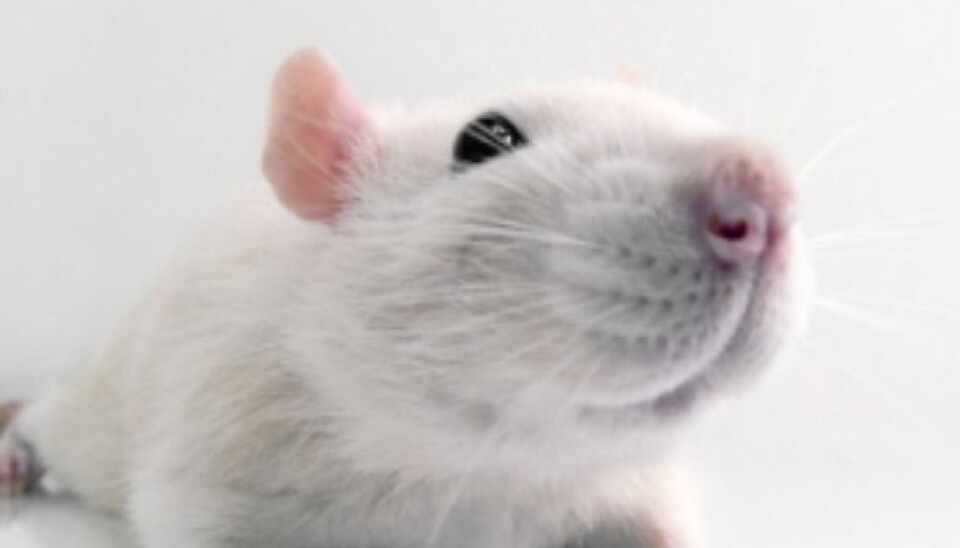
Growing fatter on a GM diet
Rats being fed genetically modified food eat more and grow fatter than those on a non-GM diet.
Denne artikkelen er over ti år gammel og kan inneholde utdatert informasjon.
Since genetically modified (GM) food started to appear in shops in the early nineties, large quantities have been sold for human consumption – without any harmful effects, as far as we know. But is there a risk of a long-term impact?
An international research project is exploring the effects of GM food, studying the impact on rats, mice, pig and salmon. The wide-ranging study includes researchers from Hungary, Austria, Ireland, Turkey, Australia and Norway.
“We are trying to identify which indicators we need to measure in order to explore unintentional effects from GM food,” explains Professor Åshild Krogdahl of the Norwegian School of Veterinary Science.
“The findings could give us some understanding of the potential effects for these animal species as well as for humans.”
Rats fattening up
As part of the project, a group of rats were fed corn which had been genetically modified for pest resistance. Over a period of 90 days they became slightly fatter than the control group of rats fed non-GM corn. The same effect occurred where rats were fed fish which, in turn, had eaten GM corn.
“If the same effect applies to humans, how would it impact on people eating this type of corn over a number of years, or even eating meat from animals feeding on this corn?”, he asks.
“I don't wish to sound alarmist, but it is an interesting phenomenon and worth exploring further.”
Different microstructure
Examining the effects on salmon, the researchers found distinct differences between fish being fed GM food and those on a non-GM diet.
“These were not major changes; all were within a normal range and the fish appeared healthy,” says Krogdahl.
“But the ones who had fed on GM corn were slightly larger, they ate slightly more, their intestines had a different microstructure, they were less able to digest proteins, and there were some changes to their immune system. Blood samples also showed some change in the blood.”
Wide range of organs
These subtle changes were observed in a wide range of organs, including the digestive organs, liver, kidneys, pancreas, adrenal glands and reproductive organs.
Krogdahl points out that there's nothing inherently unusual about physiological changes after food consumption, as this happens with non-GM food as well. The question is whether changes with a GM diet could be of a different category – potentially causing harm over the long term.
As well as examining salmon intestines after GM food consumption, the researchers also looked at the intestines of rats eating the salmon. The rats turned out to eat slightly more and grow faster than their GM-free counterparts, as well as being slighty affected in the immune system, but otherwise they seemed to thrive.
GM genes transferring into tissue
However, one important pro-GM argument has been disproved by the research.
“A frequent claim has been that new genes introduced in GM food are harmless since all genes are broken up in the intestines. But our findings show that genes can be transferred through the intestinal wall into the blood; they have been found in blood, muscle tissue and liver in sufficiently large segments to be identified,” Krogdahl explains.
“The biological impact of this gene transfer is unknown.”
Read the full story in Norwegian at forskning.no
































